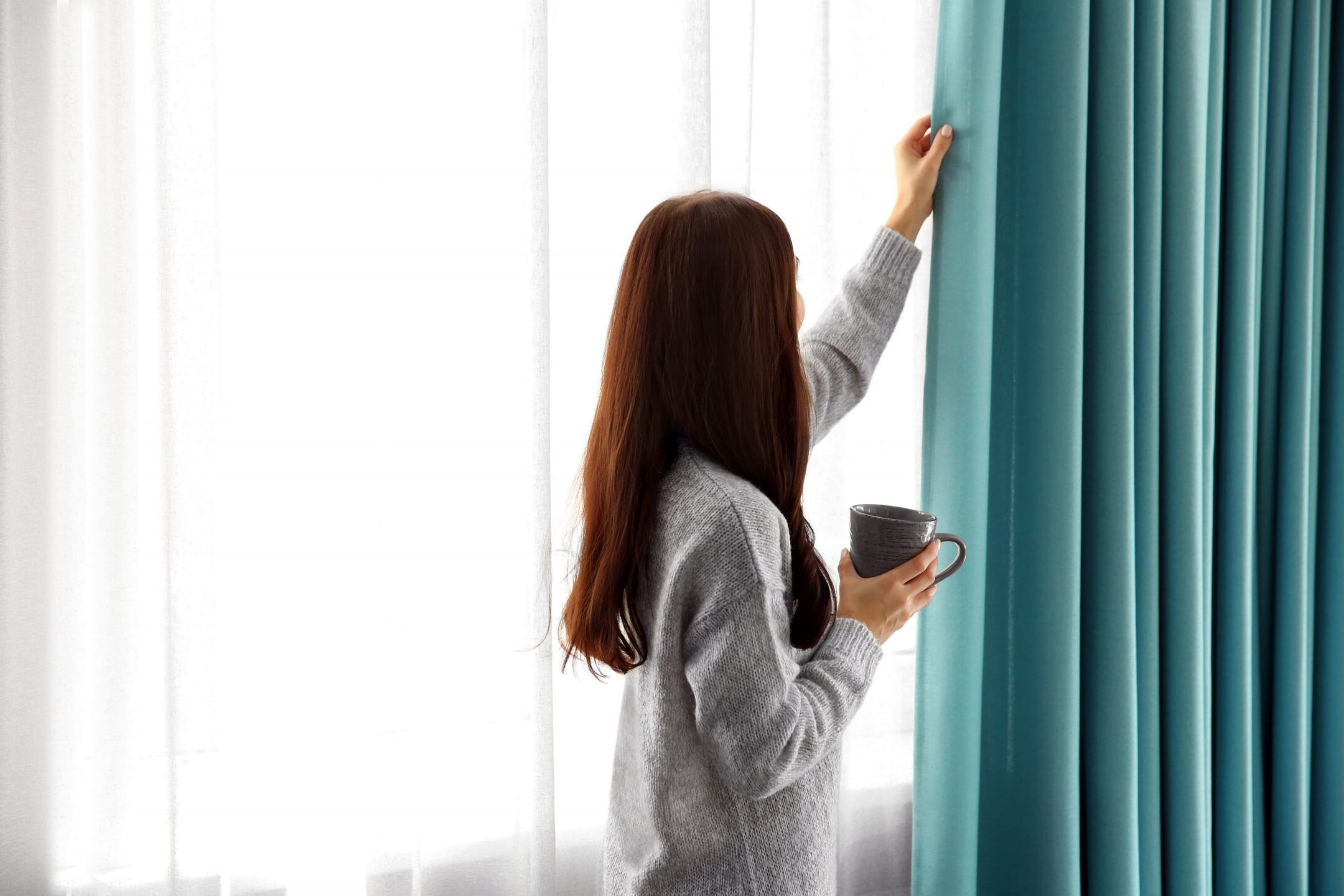

Articles
Which Way Do Blackout Curtains Face
Modified: August 17, 2024
Read articles on which way blackout curtains should face to ensure maximum light blockage and energy efficiency. Find out the best direction for your curtains.
(Many of the links in this article redirect to a specific reviewed product. Your purchase of these products through affiliate links helps to generate commission for Storables.com, at no extra cost. Learn more)
Introduction
When it comes to creating a peaceful and restful environment in our homes, blackout curtains play a crucial role. These specialized window treatments are designed to block out unwanted light, reduce noise, and provide insulation to keep the room cool in the summer and warm in the winter. By effectively minimizing external disturbances, blackout curtains contribute to better sleep, improved privacy, and increased energy efficiency.
In order to maximize the benefits of blackout curtains, it is essential to understand the proper installation techniques and the best way to position them. One common question that arises is which side of blackout curtains should face the window – the light side or the dark side? In this article, we will explore the function of blackout curtains, delve into the importance of proper installation, discuss different types of blackout curtains, and finally, answer the question of which side should face the window.
Key Takeaways:
- Embrace the darkness and maximize the benefits of blackout curtains by ensuring proper installation, choosing the right type for your needs, and positioning them with the light-blocking side facing the window for optimal effectiveness.
- Achieve a peaceful and restful environment with blackout curtains by considering factors such as measurement, curtain rods, and additional accessories to enhance light blocking, insulation, and aesthetic appeal.
Read more: Which Way To Face Insulation
Function of Blackout Curtains
Blackout curtains are designed with a primary objective – to block out light from entering the room. This is achieved through the use of a combination of materials that have light-blocking properties. The most common material used is a tightly woven fabric or a lining that contains multiple layers of dense and light-blocking fibers.
In addition to their light-blocking capabilities, blackout curtains also offer other functions that contribute to creating a comfortable and restful environment. Here are some of their key benefits:
- Noise Reduction: Blackout curtains are effective at reducing noise levels from outside. The thick and heavy fabric helps to absorb and dampen sound waves, providing a quieter and more peaceful indoor atmosphere.
- Thermal Insulation: By preventing the entry of sunlight, blackout curtains also act as a barrier against heat transfer. They can help to keep the room cooler in the summer by blocking out the sun’s rays, and warmer in the winter by retaining the room’s heat.
- Privacy and Light Control: Blackout curtains offer an enhanced level of privacy by completely obstructing the view from outside. Additionally, they give you control over the amount of light that enters the room. This is particularly useful for shift workers or those who need to sleep during daylight hours.
- Energy Efficiency: With their insulating properties, blackout curtains can significantly reduce the energy consumption of your home. By preventing the transfer of heat through windows, they help to maintain a more stable indoor temperature, reducing the need for artificial heating or cooling.
- Protection for Furniture and Flooring: Sunlight can cause fading and damage to furniture, flooring, and other interior elements over time. Blackout curtains help to shield these items from the harmful effects of UV radiation, thereby extending their lifespan.
Overall, blackout curtains provide a multifunctional solution to enhance the comfort and functionality of any space. They not only block out light effectively but also offer noise reduction, thermal insulation, privacy, energy efficiency, and protection for your home’s interior.
The Importance of Proper Installation
Proper installation of blackout curtains is essential to ensure their effectiveness and optimize their benefits. Here are a few reasons why proper installation is important:
Optimal Light Blocking: Installing blackout curtains correctly ensures that they cover the entire window and eliminate any gaps where light can seep through. Even the smallest openings can undermine the effectiveness of blackout curtains, allowing light to enter the room and disturb your sleep. Therefore, it is crucial to measure the window accurately and choose curtains that are the right size and length.
Enhanced Privacy: Proper installation not only ensures optimal light blocking but also maximizes privacy. When blackout curtains are correctly hung, they create a barrier that prevents anyone from seeing inside the room. This is particularly important for bedrooms, where privacy is of utmost importance.
Improved Insulation: Blackout curtains can provide insulation benefits by preventing heat transfer through windows. However, for this insulation to be effective, the curtains must be installed close to the window, forming a seal that prevents air from passing through. Proper installation helps create this seal and maximizes the energy-saving potential of blackout curtains.
Aesthetics and Functionality: Installing blackout curtains properly ensures that they hang straight and neat, enhancing the overall appearance of the room. Additionally, properly installed curtains are easier to open and close, allowing for better control of light levels throughout the day.
Longevity: Proper installation also helps extend the lifespan of the curtains. When curtains are not installed correctly or are repeatedly pulled forcefully, they may become damaged, torn, or lose their functionality. By following proper installation guidelines and handling the curtains with care, you can ensure they last longer and provide continuous benefits.
Overall, ensuring proper installation of blackout curtains is crucial to optimize their light-blocking capabilities, enhance privacy, improve insulation, maintain aesthetics, and prolong their lifespan. Taking the time to measure the windows accurately, choosing the right size curtains, and following installation guidelines will help you reap the full benefits of blackout curtains.
Understanding the Different Types of Blackout Curtains
When shopping for blackout curtains, you may come across various types and styles. Understanding the differences between these options can help you make an informed decision based on your specific needs and preferences. Here are some of the most common types of blackout curtains:
Thermal Blackout Curtains: These curtains are designed with an additional layer of foam or thermal insulation material, which enhances their insulating properties. Thermal blackout curtains not only block out light but also provide excellent thermal insulation, making them ideal for use in regions with extreme temperatures.
Soundproof Blackout Curtains: If noise reduction is a top priority, then soundproof blackout curtains are worth considering. These curtains are designed with multiple layers of dense and heavyweight materials that absorb and reduce sound waves. They are particularly useful for rooms located near high-traffic areas, airports, or noisy neighborhoods.
Room-Darkening Curtains: While not as effective as full blackout curtains, room-darkening curtains still offer significant light-blocking capabilities. They are made with a dense and tightly woven fabric that reduces the amount of light that enters the room, providing a dimmer and more comfortable environment. Room-darkening curtains are a popular choice for bedrooms and media rooms.
Lined Blackout Curtains: Lined blackout curtains consist of two layers of fabric – a decorative front panel and a separate lining layer. The lining layer is made of light-blocking materials that enhance the blackout effect. These curtains provide both aesthetic appeal and effective light blocking, making them a versatile choice for any room.
Curtain Liners: If you already have curtains that you love but they don’t provide blackout capabilities, you can consider using curtain liners. These are separate lining panels that can be attached to existing curtains to enhance their light-blocking properties. Curtain liners are a cost-effective option for achieving blackout effects without having to replace your current curtains.
When choosing the type of blackout curtains that are right for you, consider factors such as the level of light control you desire, thermal insulation needs, noise reduction requirements, and personal style preferences. It’s important to find a balance between functionality and aesthetics to achieve a comfortable and visually appealing environment.
Blackout curtains should face the window with the lining on the inside to effectively block out light. This ensures maximum light-blocking and energy-saving benefits.
Which Side of Blackout Curtains Faces the Window?
When it comes to properly hanging blackout curtains, there is often confusion about which side should face the window. The answer may vary depending on the specific type and design of the curtains. Let’s explore the two common scenarios:
Single-Layer Blackout Curtains: In most cases, single-layer blackout curtains have the light-blocking layer on the backside of the fabric. This means that the dark or colored side of the curtain should face the room, while the lighter or plain side faces the window. The light-blocking layer is typically made of a dense, light-absorbing material that helps prevent light from passing through the curtains and entering the room.
Lined Blackout Curtains: Lined blackout curtains are constructed in a way that includes a separate lining layer that enhances the light-blocking capabilities. In this case, the lining layer is the light-blocking side, and it should face the window. The decorative front panel of the curtains should face the room. The lining layer consists of dense and durable materials that effectively block out light, while the front panel offers a decorative and aesthetic element.
It’s important to note that not all blackout curtains are the same, and some variations may exist. Always refer to the manufacturer’s instructions or labels for specific guidance on which side should face the window for your particular curtains.
Regardless of the type of blackout curtains you have, it’s crucial to ensure a proper fit and installation. The curtains should cover the entire window and fit snugly without any gaps or openings where light can enter the room. It’s also important to close the curtains fully for maximum light blocking, especially during the day or when you need maximum privacy and darkness.
Remember, the ultimate goal of blackout curtains is to block out as much light as possible and create a dark and peaceful environment. By correctly hanging your blackout curtains and positioning them with the light-blocking side facing the window, you can maximize their effectiveness and enjoy the benefits they provide.
Read more: Which Way Do You Face The Trash Can
Factors to Consider When Hanging Blackout Curtains
Properly hanging blackout curtains is important to ensure they effectively block out light, provide insulation, and enhance the overall aesthetic of your space. Here are some important factors to consider when hanging blackout curtains:
Measurement: Before purchasing blackout curtains, measure the width and length of your window. Ensure that the curtains you choose are wide enough to completely cover the window when closed and long enough to reach the desired length. Remember to account for any additional height needed for curtain rods or hardware.
Curtain Rods and Hardware: Choose the right curtain rod and hardware that can support the weight of blackout curtains. Look for sturdy rods made of materials such as metal or wood, as lightweight or flimsy rods may not be able to hold the weight of blackout curtains. Additionally, ensure that the curtain rod is properly installed and secure to prevent sagging or falling.
Mounting Style: Consider the mounting style that works best for your curtains and window frame. There are different options to choose from, including inside mount and outside mount. Inside mount curtains fit within the window frame, providing a clean and streamlined look. Outside mount curtains, on the other hand, are mounted on the wall above and on the sides of the window, creating a bolder statement and allowing for greater light-blocking capabilities.
Hanging Height: The height at which you hang your blackout curtains can greatly impact their performance. For maximum light-blocking, hang the curtains as close to the ceiling as possible and extend them beyond the sides of the window frame. This prevents any light sneaking in through the gaps between the curtains and the wall, ensuring a darker and more effective light-blocking effect.
Curtain Length: Consider the desired length of your blackout curtains. Some people prefer floor-length curtains that provide a luxurious and dramatic look, while others prefer curtains that just skim the floor or sit slightly above it. Take into account the height of your windows and the overall aesthetic you want to achieve when determining the appropriate curtain length.
Curtain Hooks or Rings: Depending on the style of your blackout curtains, you may need to use curtain hooks or rings to hang them. These accessories help to evenly distribute the weight of the curtains and allow for smooth opening and closing. Be sure to choose hooks or rings that are compatible with the type of curtain rod you have.
Proper Closure: When hanging blackout curtains, ensure that they can fully close without any gaps or openings through which light can enter. Secure the curtains in place so that they remain closed throughout the night or when you desire maximum privacy and light-blocking.
By considering these factors and taking the time to properly hang your blackout curtains, you can maximize their effectiveness and ensure they provide the desired light-blocking, insulation, and aesthetic benefits for your space.
Tips for Maximizing the Effectiveness of Blackout Curtains
Blackout curtains are a valuable addition to any home, providing a range of benefits including light blocking, insulation, privacy, and noise reduction. To fully optimize the effectiveness of your blackout curtains, consider the following tips:
1. Ensure Proper Installation: As mentioned earlier, proper installation is key to maximizing the effectiveness of blackout curtains. Measure your windows accurately and choose curtains that are the right size and length to cover the entire window and prevent gaps. Hang the curtains close to the ceiling and extend them beyond the sides of the window frame for optimal light blocking.
2. Pair with Sheer Curtains: If you desire some natural light during the day while still benefiting from light blocking at night, consider pairing your blackout curtains with sheer curtains. Sheer curtains allow diffused light to enter the room while still providing privacy. You can use sheer curtains during the day and draw the blackout curtains at night for maximum darkness.
3. Use Velcro or Magnets: To eliminate any potential gaps where light can enter, consider using velcro or magnets to secure the edges of your blackout curtains. Attach strips of velcro or magnets along the sides and bottom edges of the curtains and affix the matching strips or magnets to the wall or window frame. This creates a seamless closure and ensures effective light blocking.
4. Use Curtain Tie-Backs: If you prefer to have your curtains open during the day but still want the option of privacy and light blocking at night, use curtain tie-backs. These holdbacks allow you to draw your curtains to the sides during the day, allowing natural light to enter, and easily close them at night for darkness and privacy.
5. Clean and Maintain: Regularly clean your blackout curtains according to the manufacturer’s instructions to keep them in optimal condition. Dust, dirt, and residue can accumulate on the surface, reducing their light-blocking effectiveness. Additionally, check for any tears or damages and repair them promptly to maintain their functionality.
6. Consider Room Darkening Features: Some blackout curtains offer additional features to enhance room darkening and light blocking. Look for curtains with features such as thermal lining, foam insulation, or double-layer construction for increased light-blocking capabilities. These added features can provide superior light blocking and improved energy efficiency.
7. Utilize Light-Blocking Accessories: In combination with blackout curtains, consider using light-blocking accessories such as blackout blinds, shades, or liners. These can be installed alongside your curtains to provide an extra layer of light-blocking protection, particularly for windows that receive direct sunlight.
8. Test for Light Leaks: Once your blackout curtains are installed, examine the room during the day to check for any potential light leaks. Darken the room as much as possible and carefully inspect for any areas where light may be seeping through. If you notice any gaps or pockets of light, make adjustments or additions to ensure a complete light-blocking effect.
9. Utilize Soundproofing Techniques: If noise reduction is a priority in addition to light blocking, consider combining blackout curtains with other soundproofing techniques. Use weatherstripping on windows or install heavy curtains or acoustic panels on the walls for additional noise reduction and a more peaceful environment.
By implementing these tips, you can maximize the effectiveness of your blackout curtains and enjoy the full range of benefits they provide. Whether it’s achieving a restful sleep environment, creating privacy, reducing energy consumption, or blocking out unwanted light and noise, blackout curtains can significantly enhance the comfort and functionality of your space.
Conclusion
Blackout curtains are a fantastic addition to any home, offering a multitude of benefits that contribute to a comfortable and restful environment. From blocking out light and reducing noise to providing insulation and enhancing privacy, blackout curtains are a versatile and practical window treatment option.
When it comes to installation, it is important to ensure that blackout curtains are hung correctly to maximize their effectiveness. Whether it’s choosing the right size and length, mounting them close to the ceiling, or using additional accessories like velcro or magnets to eliminate light gaps, proper installation plays a crucial role in achieving optimal light blocking and privacy.
Understanding the different types of blackout curtains available can also help you make an informed choice based on your specific needs and preferences. Whether you opt for thermal blackout curtains, soundproof curtains, or lined blackout curtains, each type provides its own set of benefits and features to cater to various requirements.
Remember, when deciding which side of blackout curtains should face the window, consider the design and fabric composition of the curtains. Single-layer blackout curtains typically have the light-blocking side facing the room, while lined blackout curtains have the lining layer, which blocks out light, facing the window.
To further enhance the effectiveness of blackout curtains, be sure to consider factors such as measurement, curtain rods and hardware, mounting style, hanging height, curtain length, and proper closure. These considerations will help you achieve maximum light blocking, insulation, and aesthetic appeal.
By following these tips and taking the time to properly install and maintain your blackout curtains, you can enjoy the full range of benefits they offer. From creating a peaceful sleep environment to saving energy and protecting your privacy, blackout curtains are a wise investment for any home.
So, whether you’re looking to improve your sleep quality, reduce outside noise, save on energy bills, or create a more private and peaceful space, blackout curtains are a reliable and effective solution. Embrace the darkness and experience the transformative power of blackout curtains in your home today.
Frequently Asked Questions about Which Way Do Blackout Curtains Face
Was this page helpful?
At Storables.com, we guarantee accurate and reliable information. Our content, validated by Expert Board Contributors, is crafted following stringent Editorial Policies. We're committed to providing you with well-researched, expert-backed insights for all your informational needs.
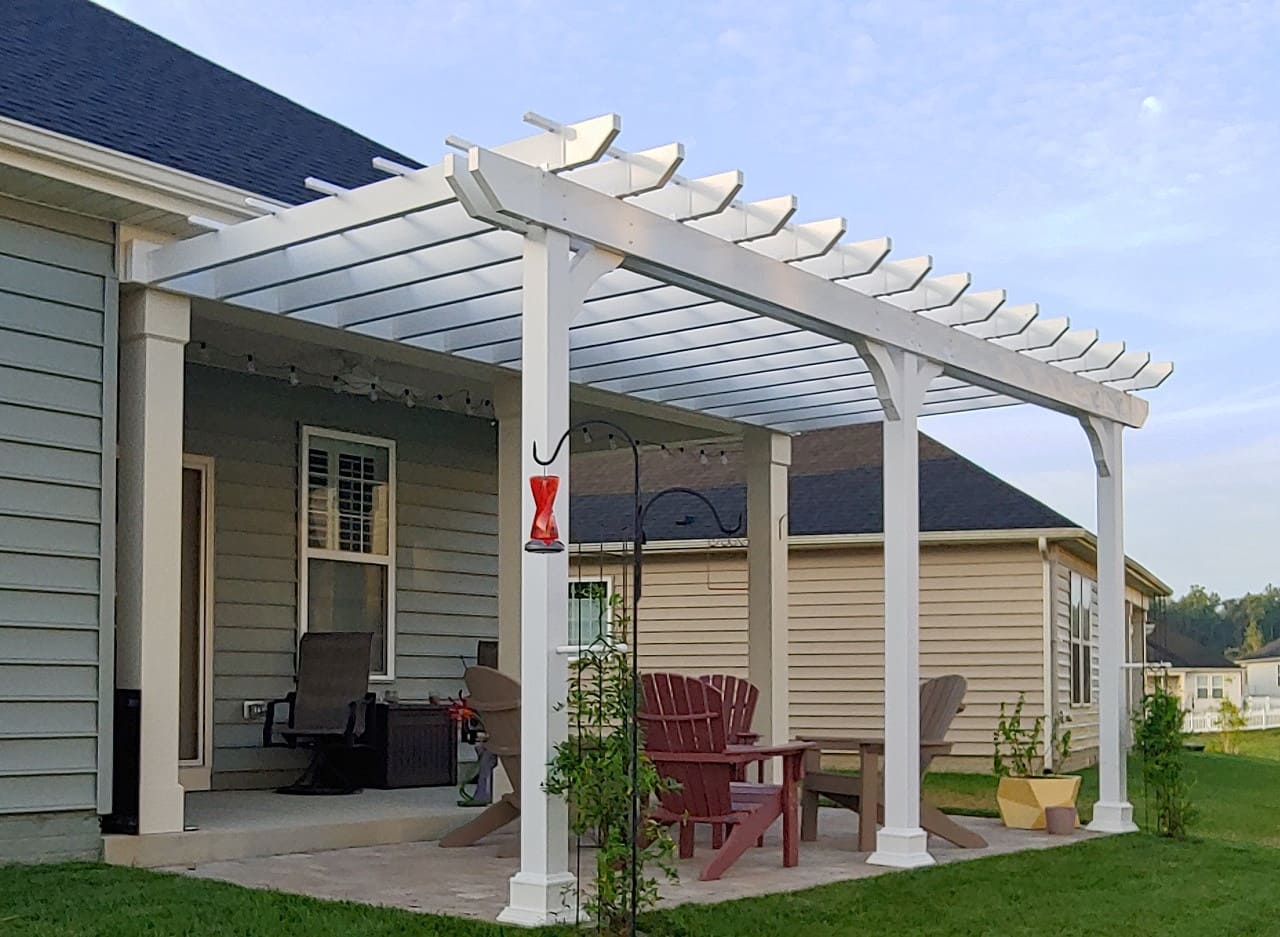
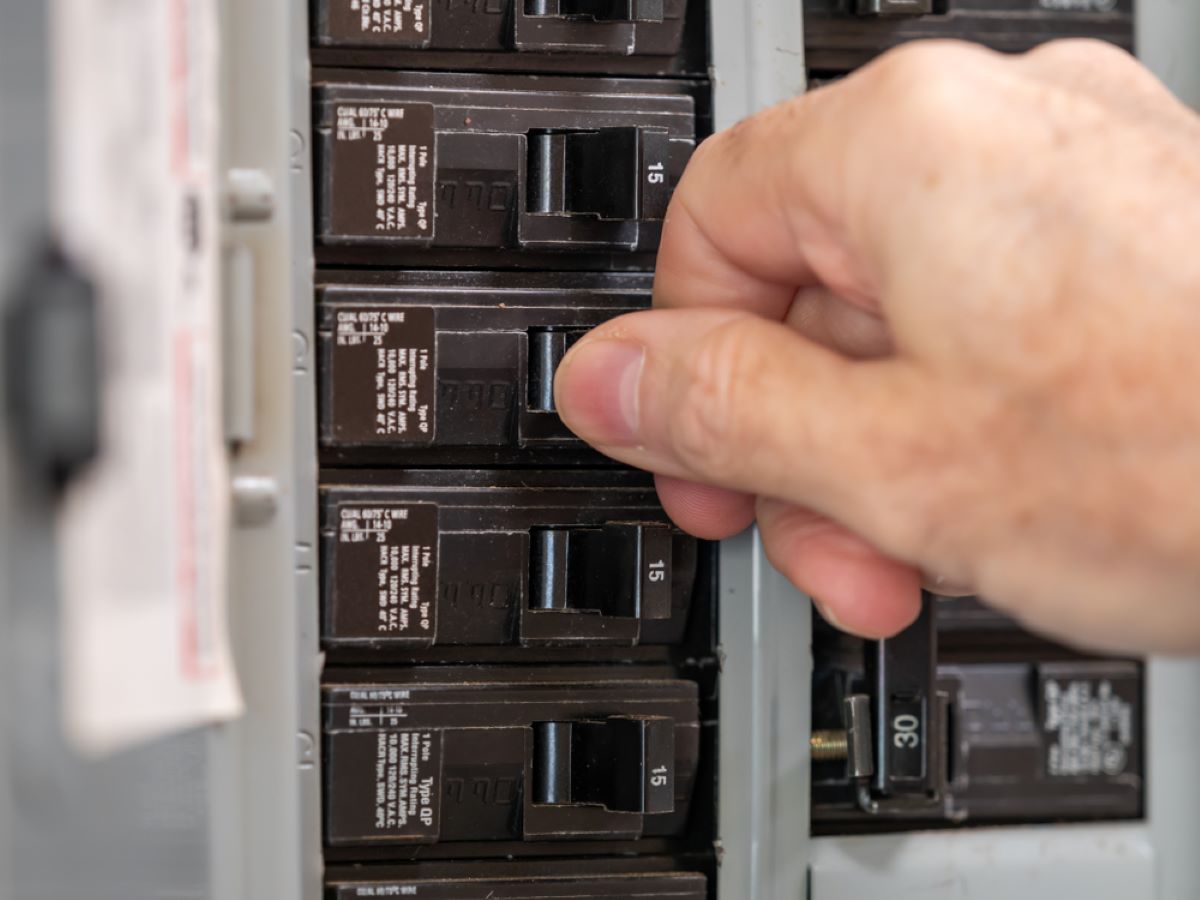
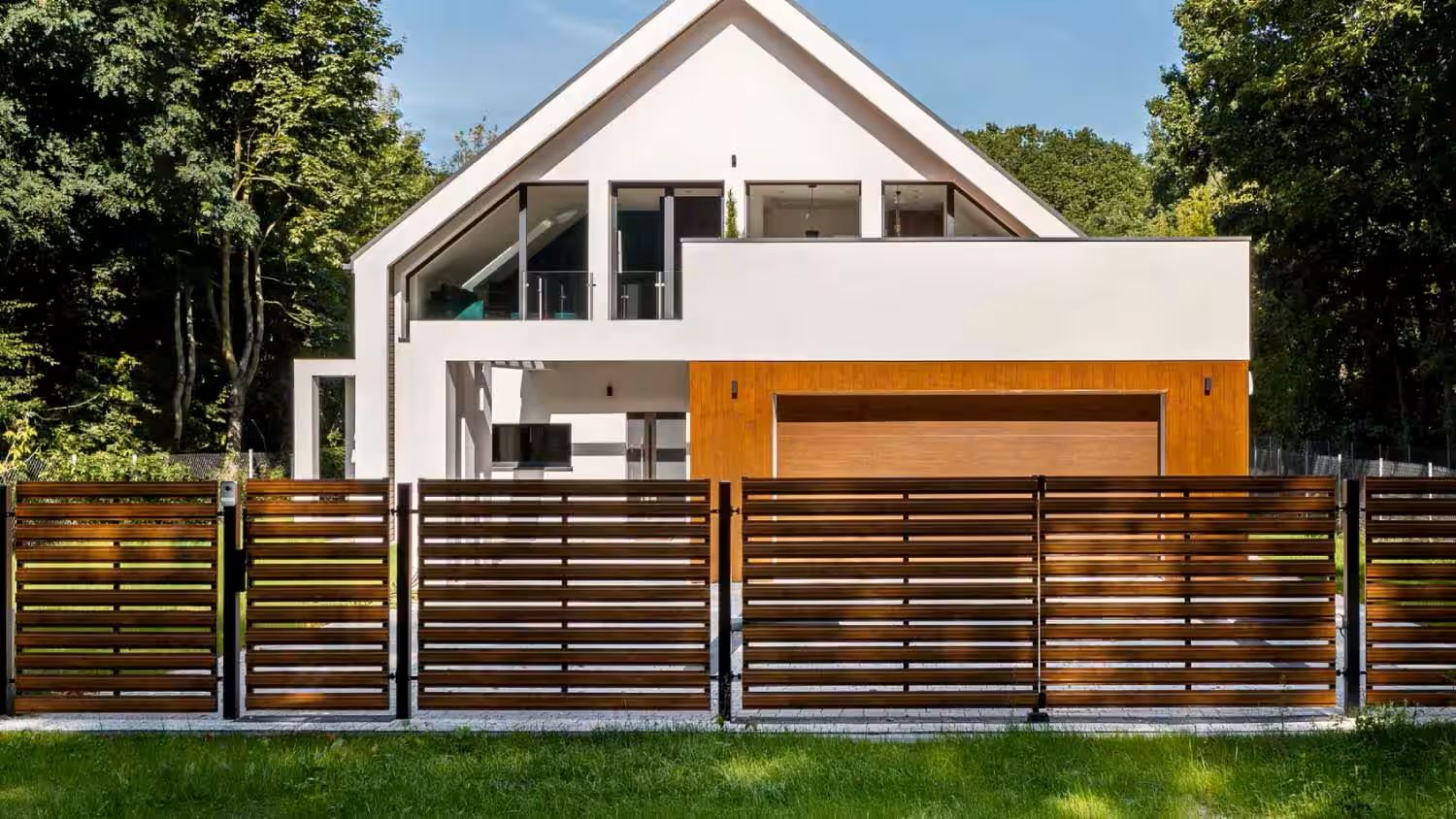
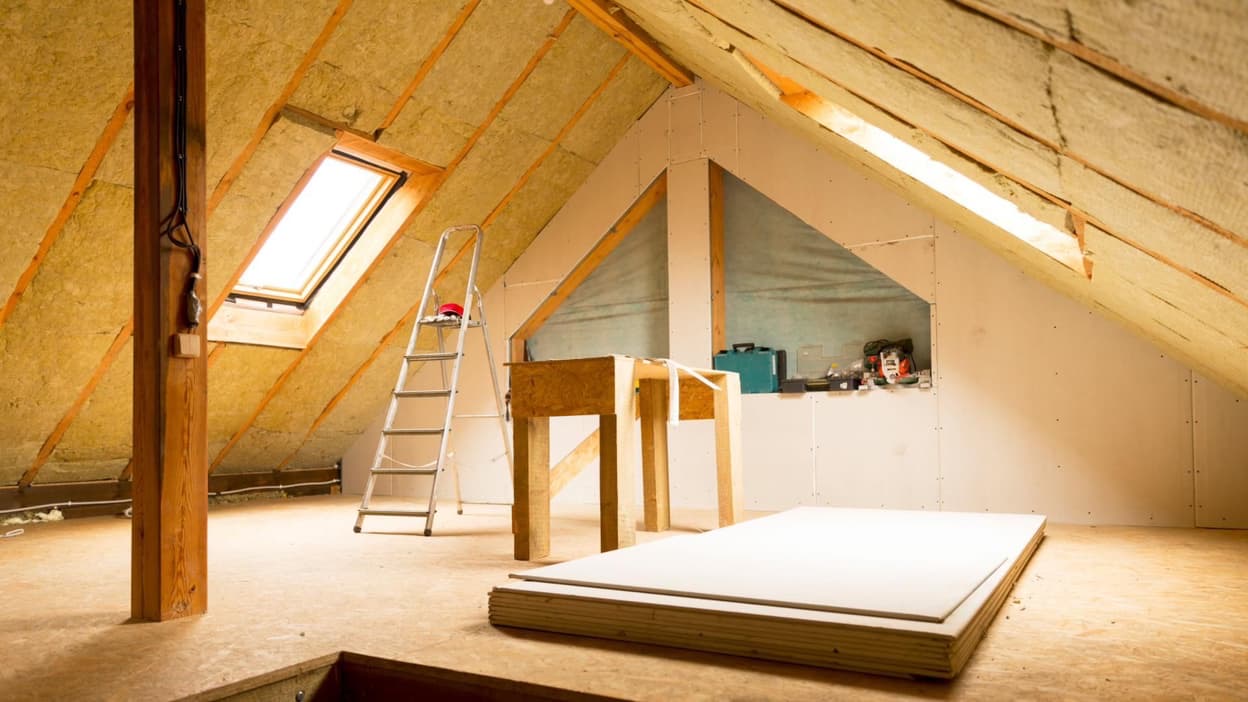
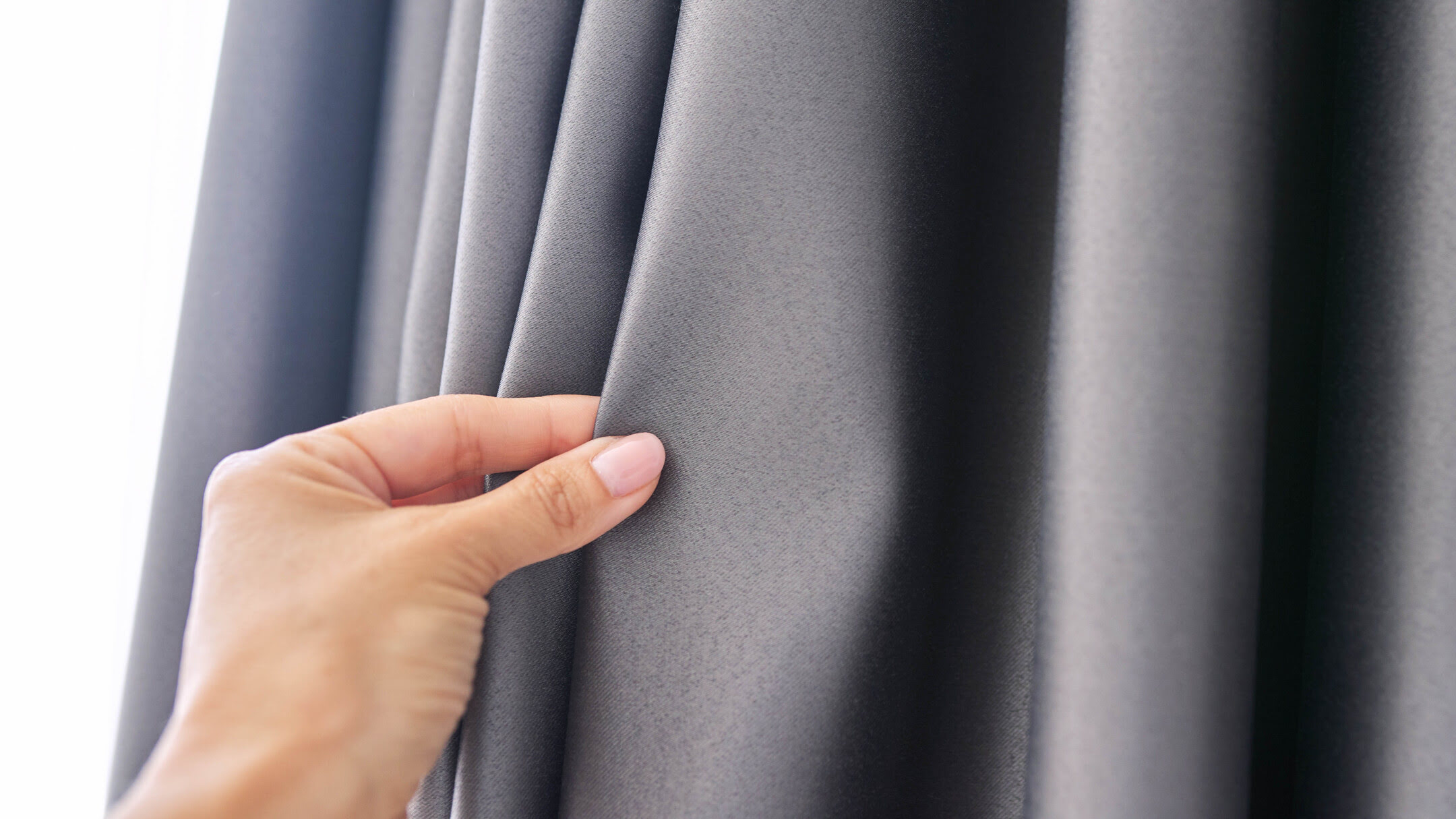
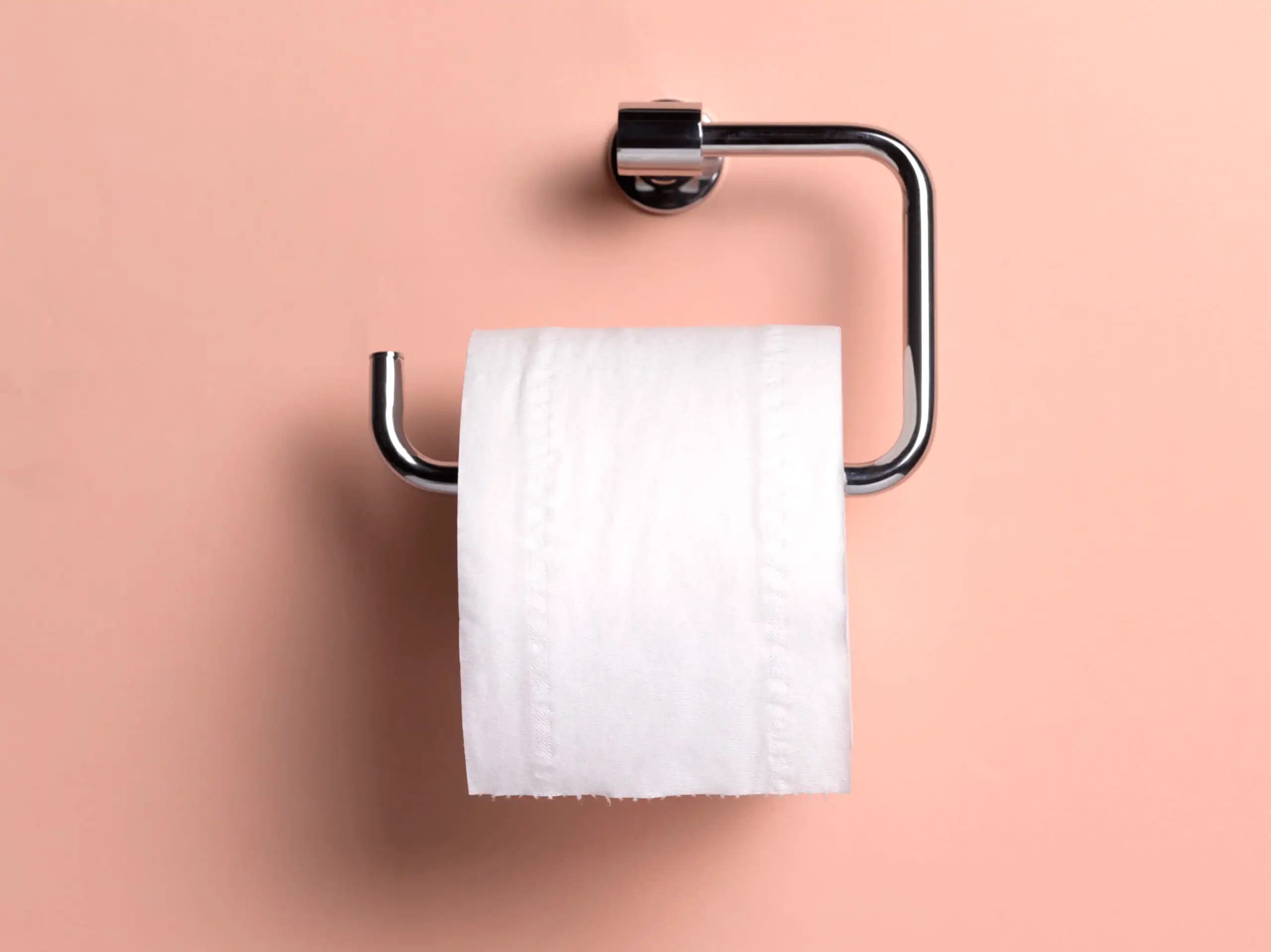
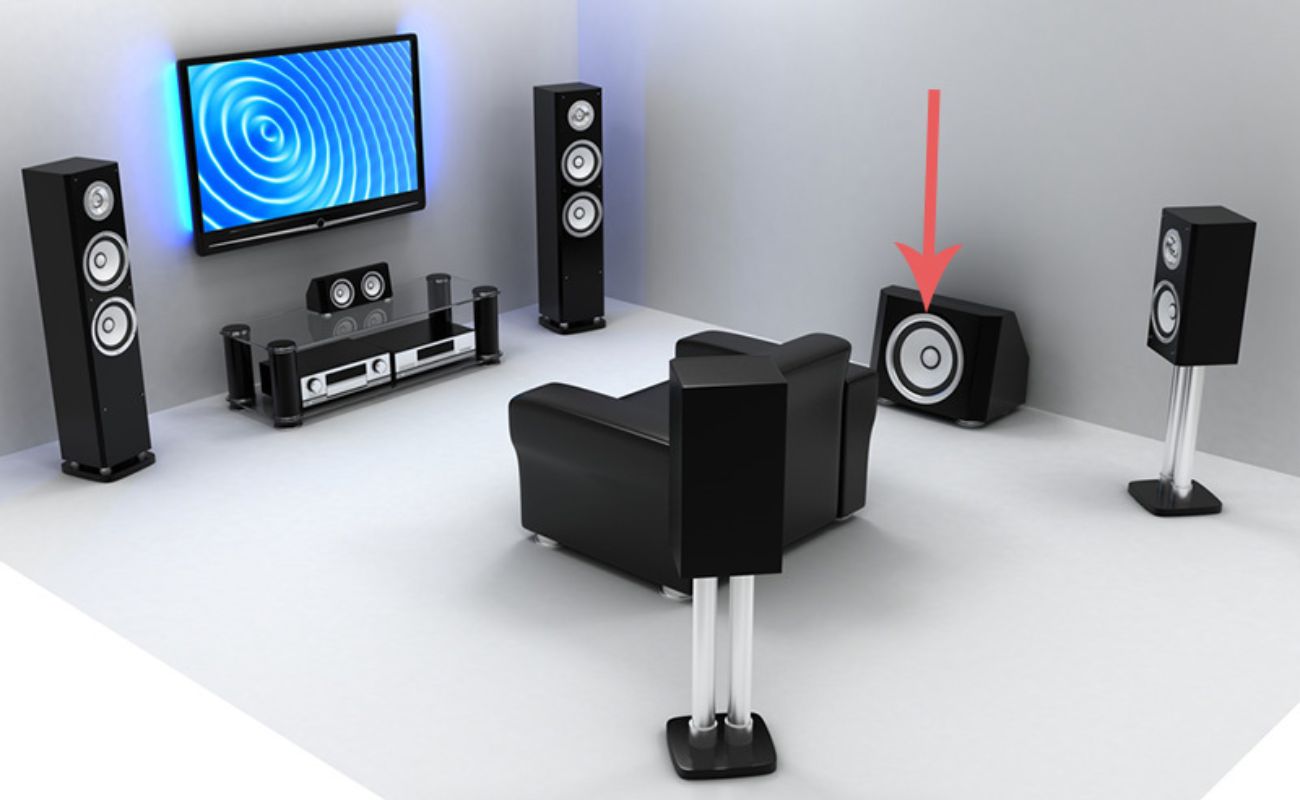
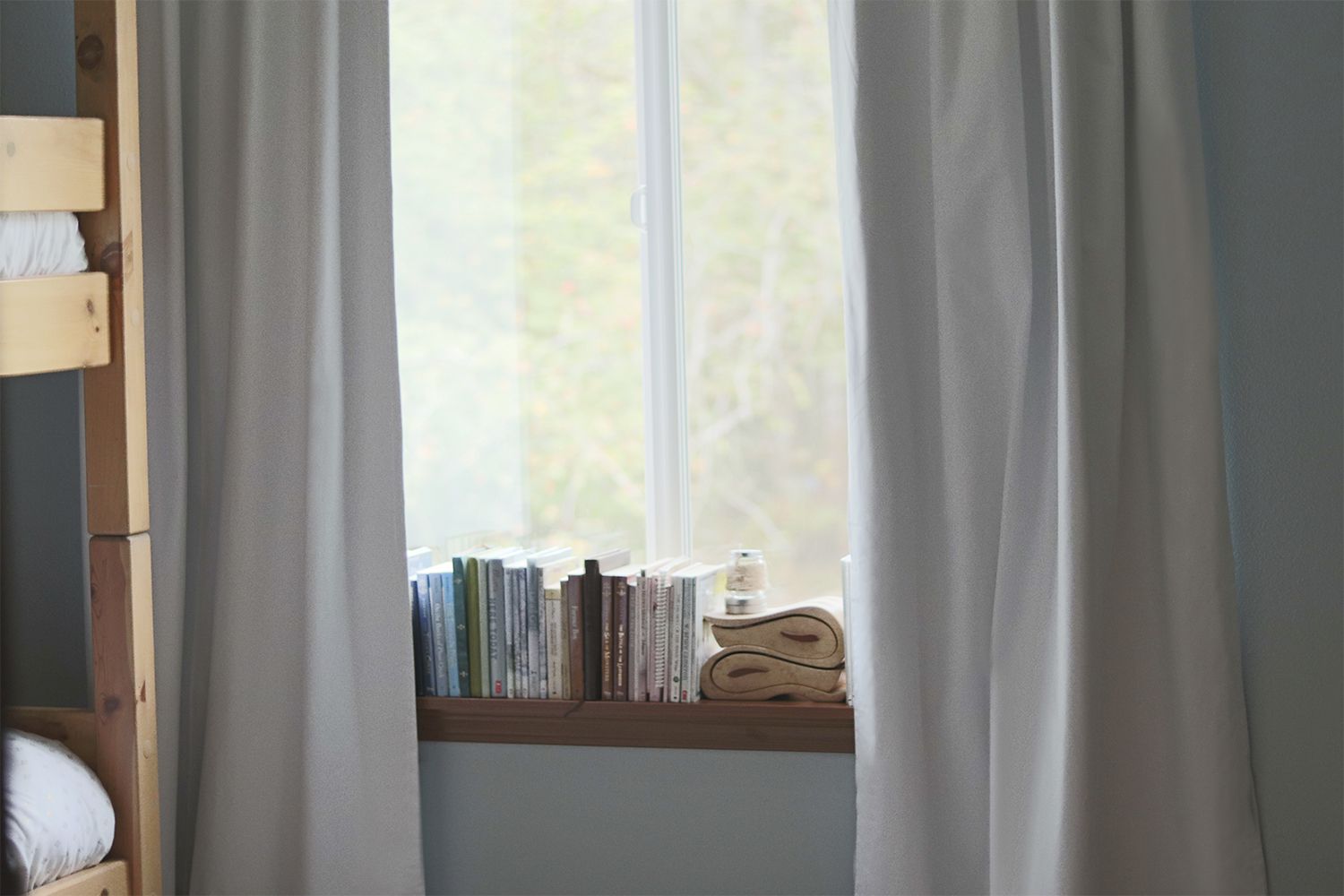
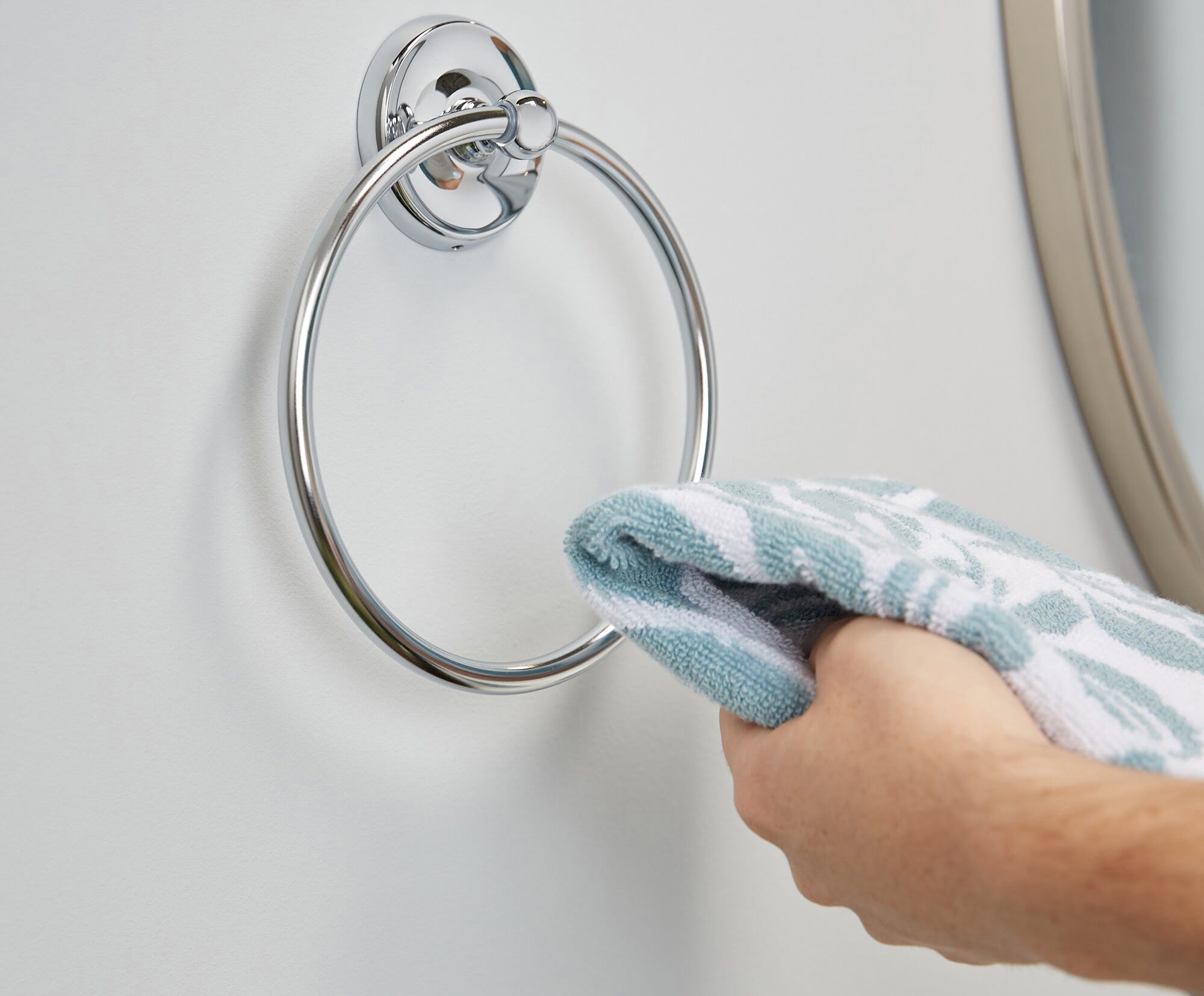
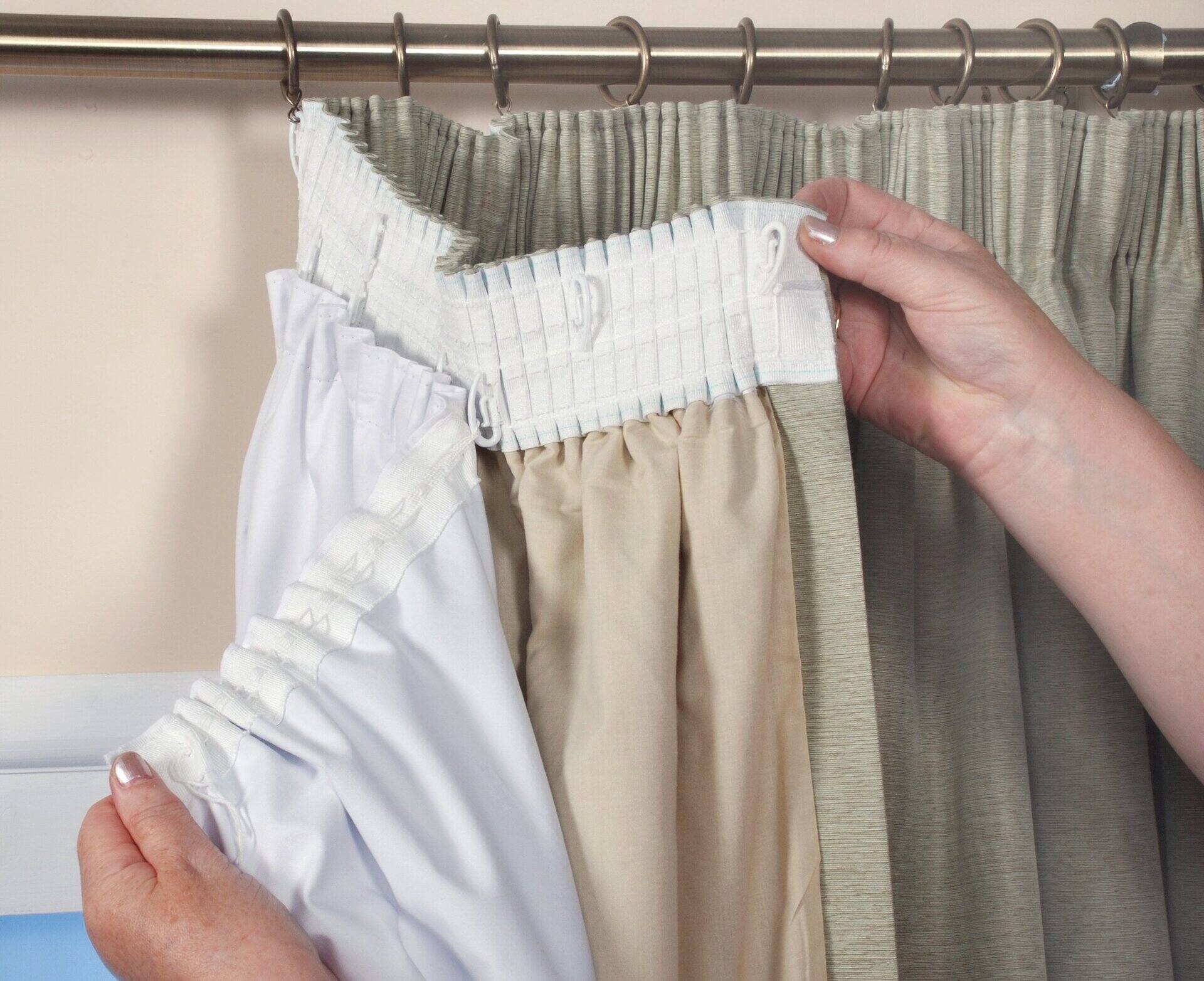
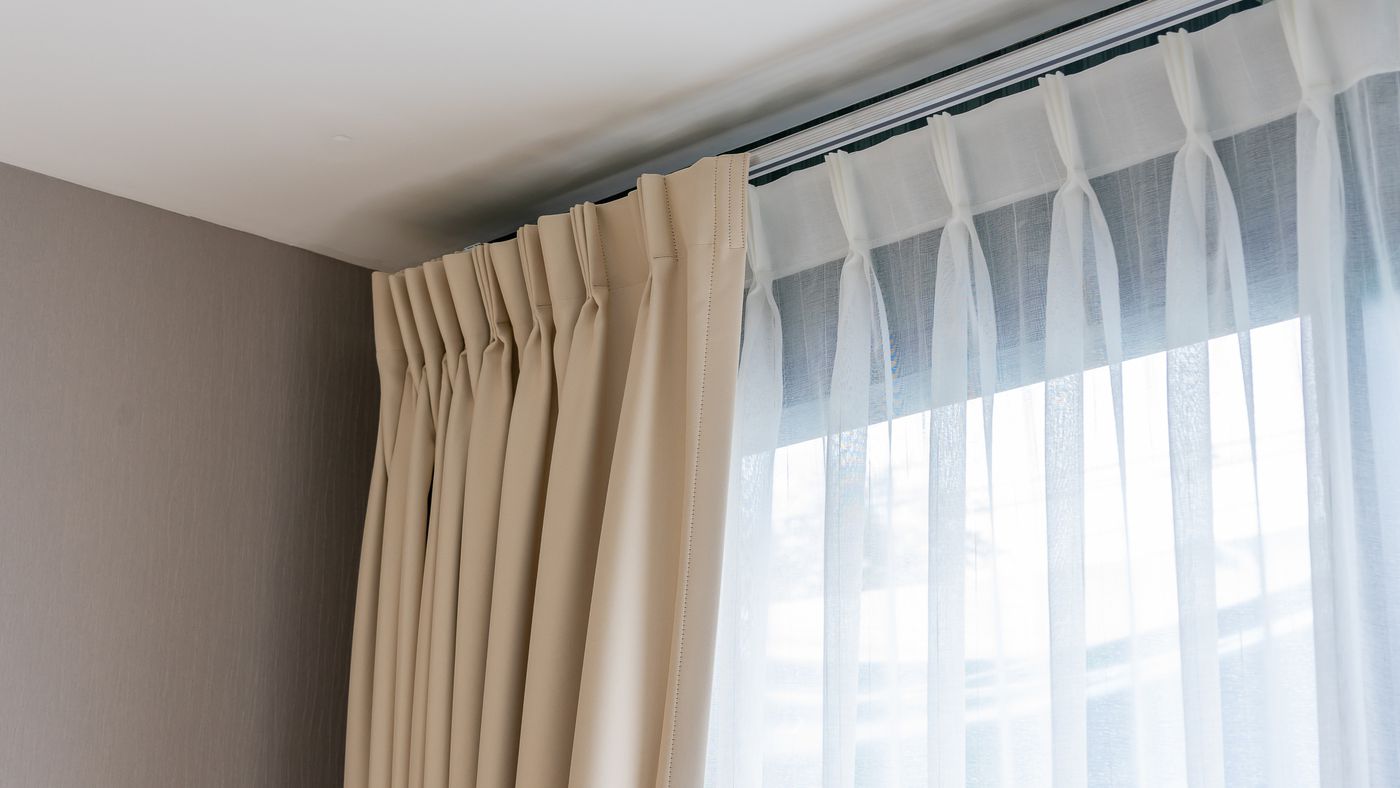
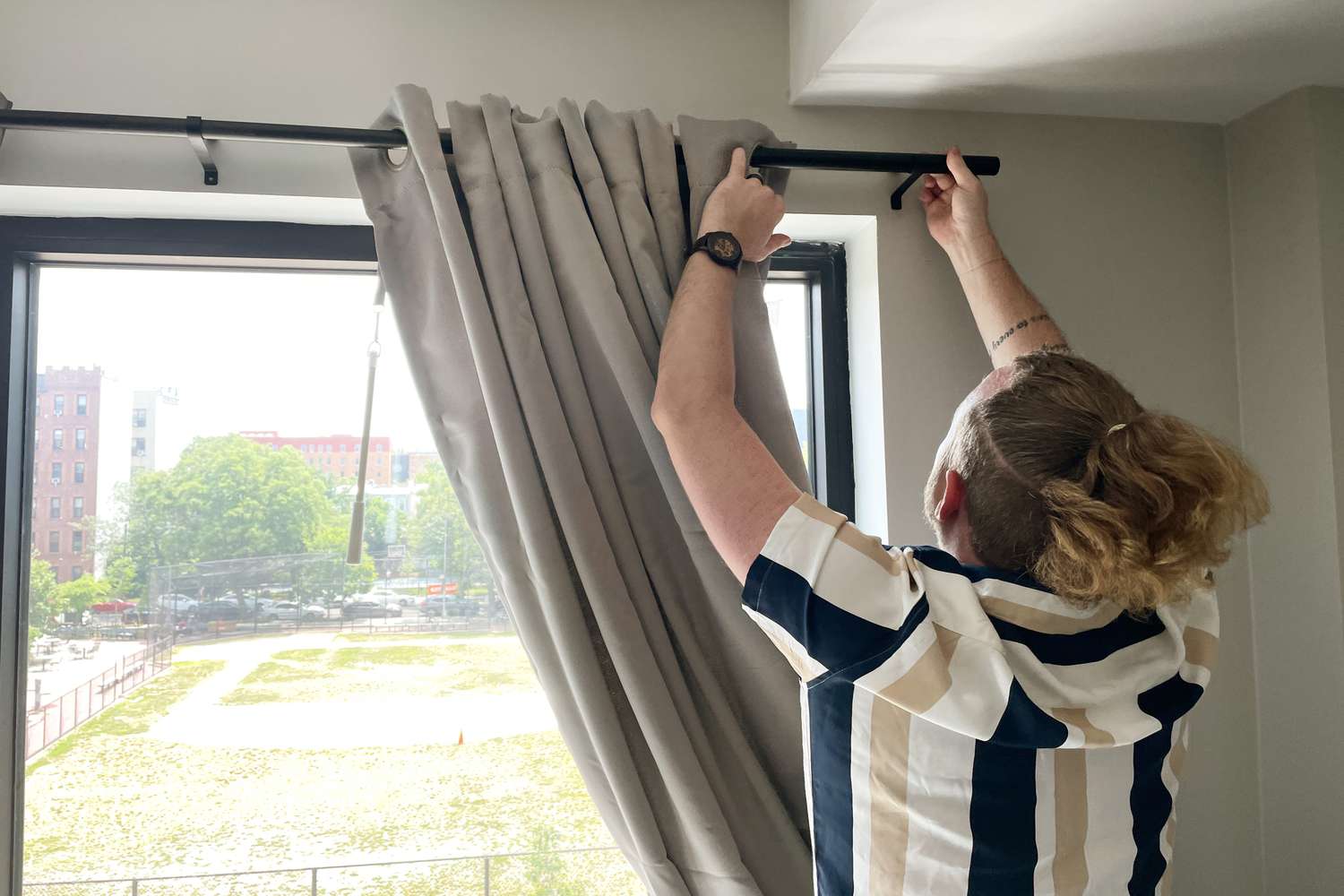
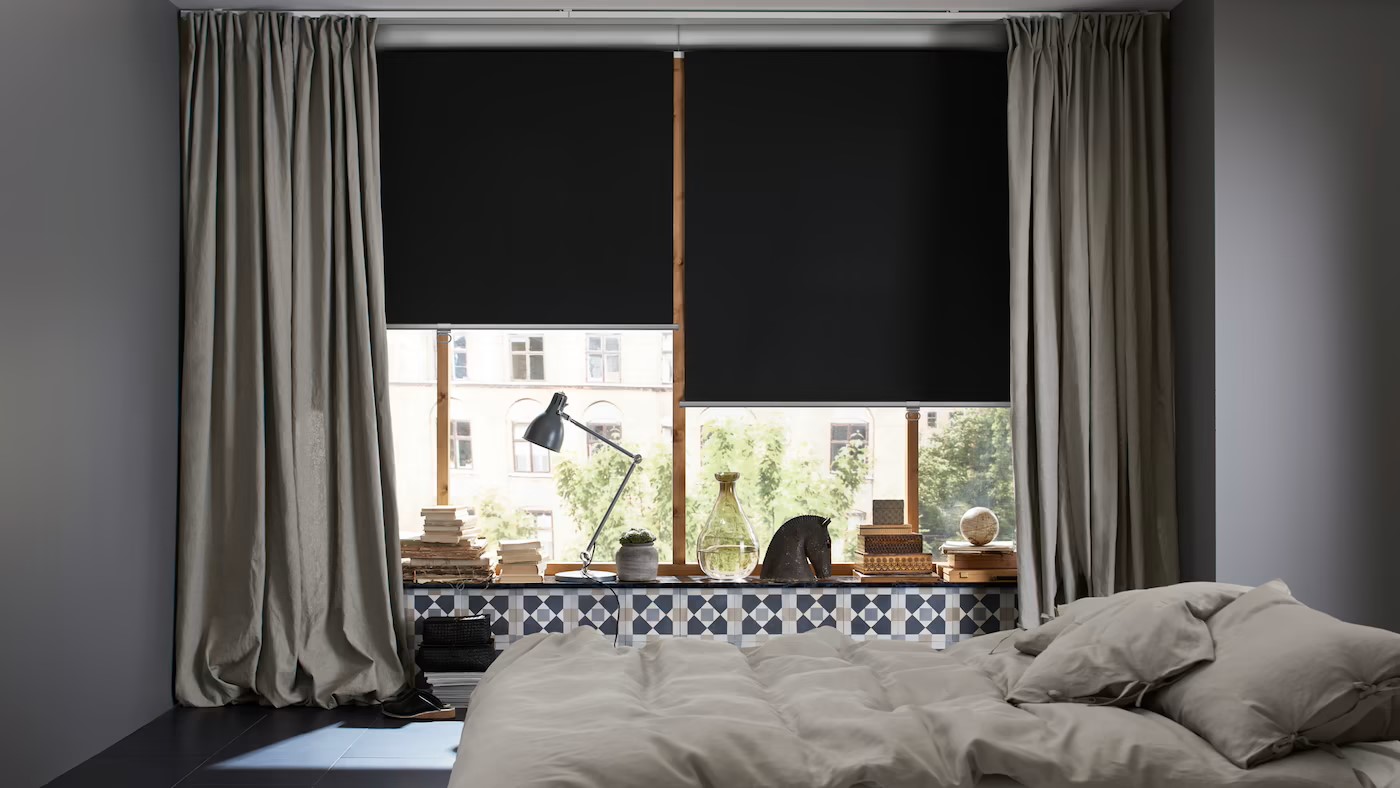


0 thoughts on “Which Way Do Blackout Curtains Face”